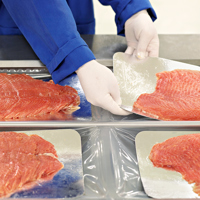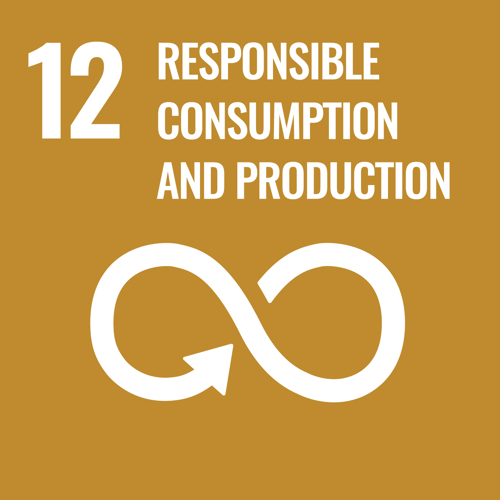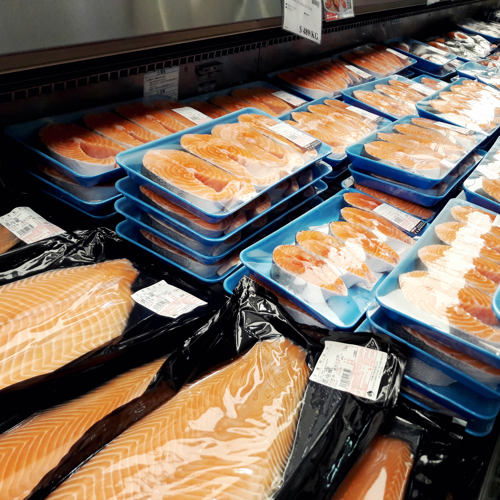

Its implementation helps to achieve overall development plans, reduce future economic, environmental and social costs, strengthen economic competitiveness and reduce poverty. At the current time, material consumption of natural resources is increasing, particularly within Eastern Asia.

Countries are also continuing to address challenges regarding air, water and soil pollution. Since sustainable consumption and production aims at “doing more and better with less,” net welfare gains from economic activities can increase by reducing resource use, degradation and pollution along the whole life cycle, while increasing quality of life.
There also needs to be significant focus on operating on supply chain, involving everyone from producer to final consumer.
This includes educating consumers on sustainable consumption and lifestyles, providing them with adequate information through standards and labels and engaging in sustainable public procurement, among others.

Since sustainable consumption and production aims at “doing more and better with less,” net welfare gains from economic activities can increase by reducing resource use, degradation and pollution along the whole life cycle, while increasing quality of life.
There also needs to be significant focus on operating on supply chain, involving everyone from producer to final consumer.
This includes educating consumers on sustainable consumption and lifestyles, providing them with adequate information through standards and labels and engaging in sustainable public procurement, among others.
Goal 12 is a natural focus point for TripleNine as we continously seek to minimise the impact of our productions.
Substituting plant-based feed ingredients in fish feed with marine ingredients, such as fishmeal and fish oil, can reduce the carbon footprint from farmed fish.

As follows from the figure below, farmed salmon is producing the lowest green house gas emissions together with chicken, while pork has around 50% higher emissions and beef 5 times the relative amount. The wild caught fish have the lowest footprints, and especially the pelagic fish, constituting the base for fishmeal and oil, have a very low relative emission level.
The more marine ingredients in the feed for the farmed salmon the lower the footprint. In the wild, fish eat fish and it is only natural that their feed should contain marine ingredients.
Figure: Climate emissions of seafood (blue bars) at landing / slaughter vs. European land-based meat products (brown bars), relative to European cattle. The black columns for seafood represent minimum and maximum values with current production practices. Similar estimates for minimum and maximum, or variation, are not available for land-based products in the data used.
Source: www.eufishmeal.org

Kenneth Storbank
Chief Commercial Officer

Casper Andersen
Group Chief Executive Officer